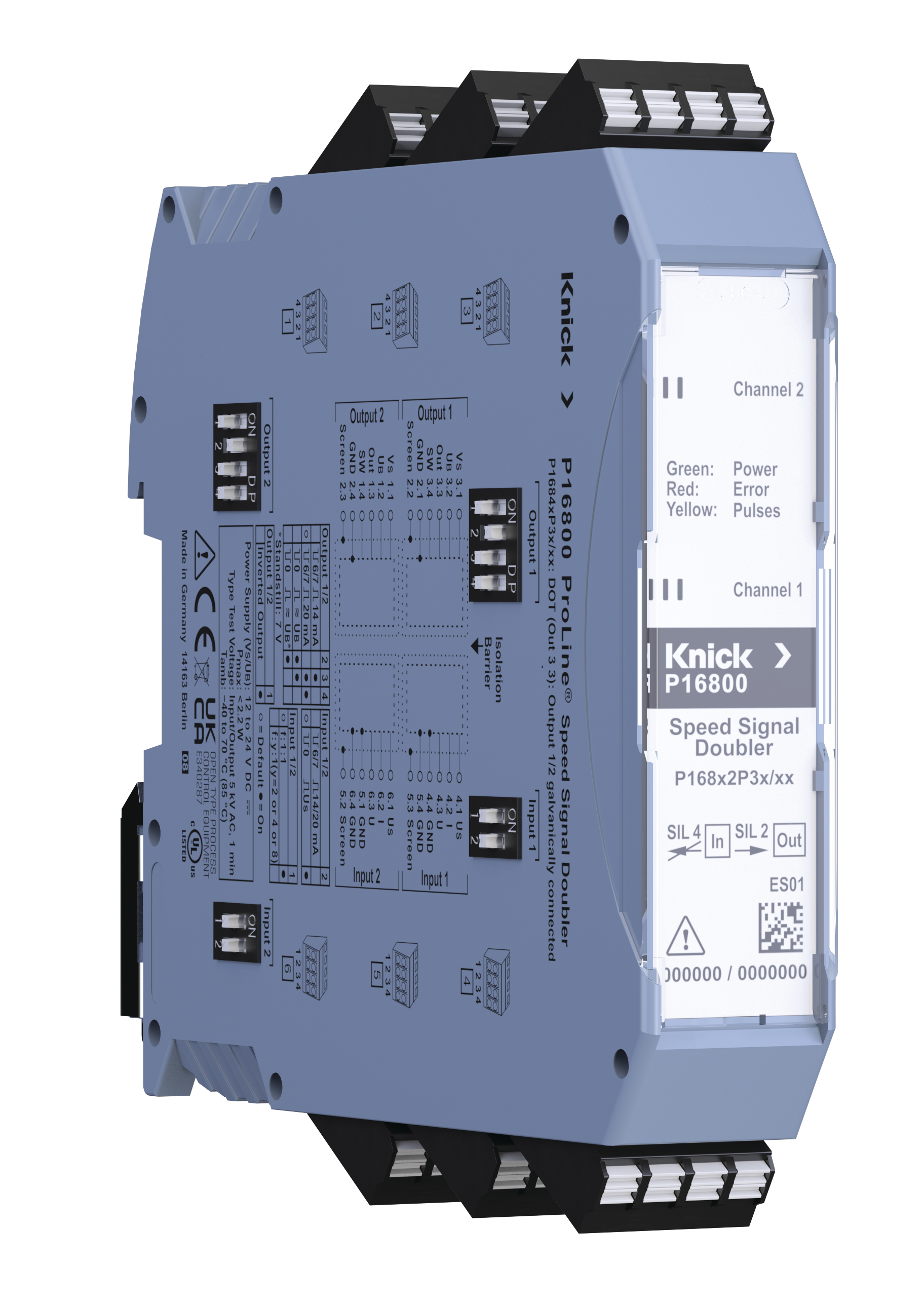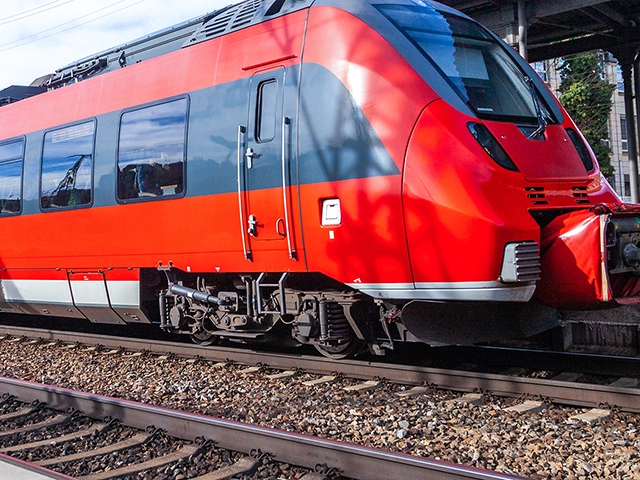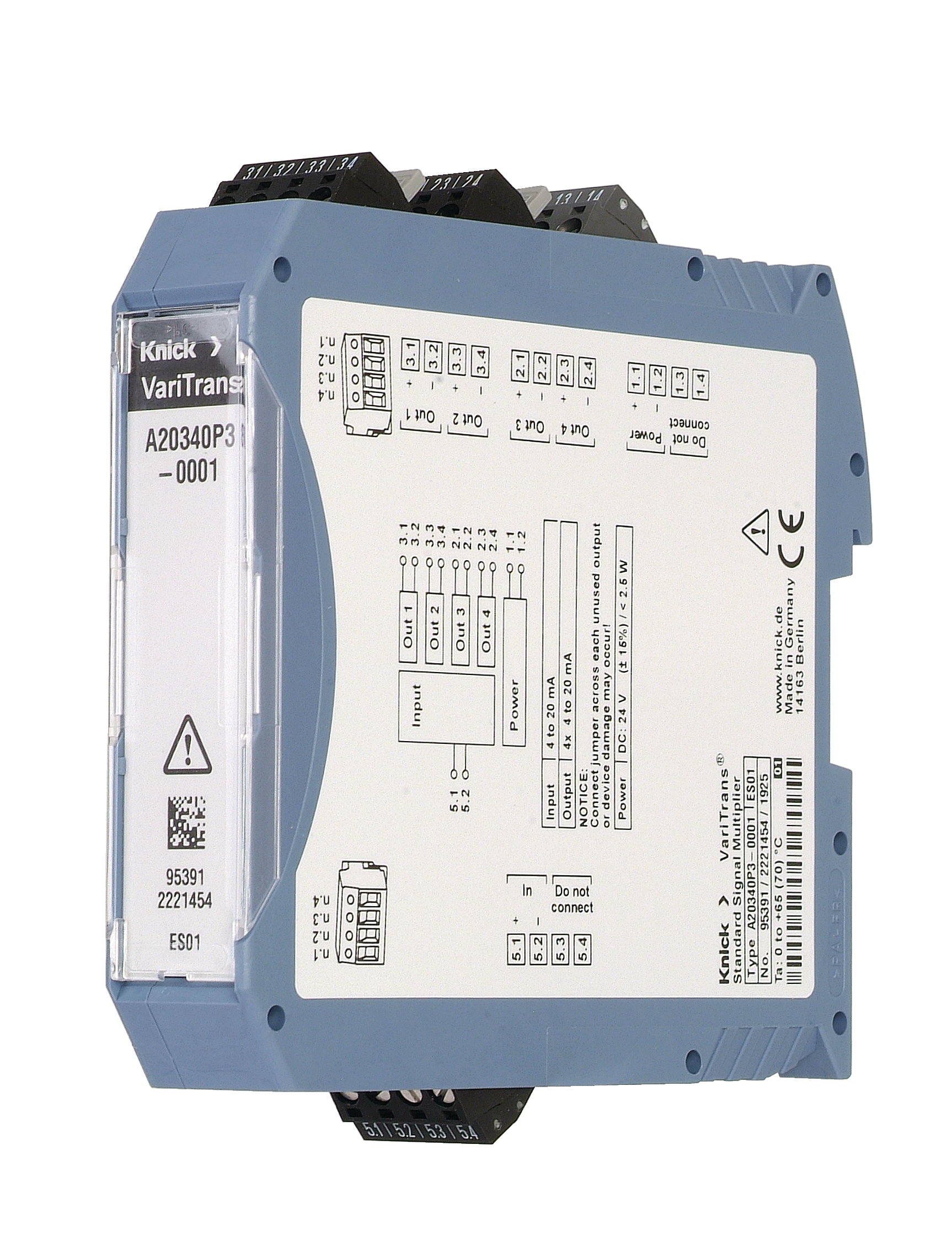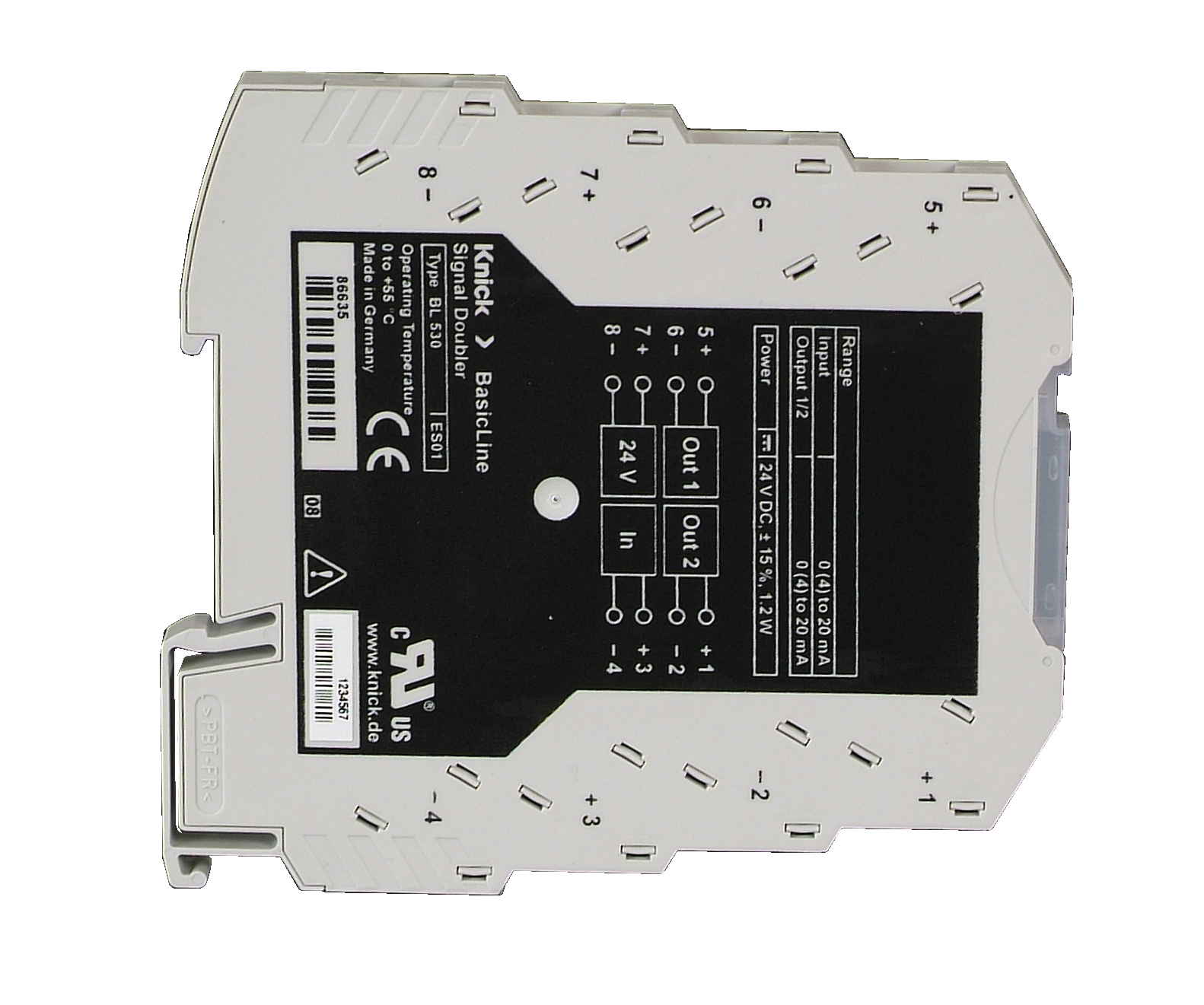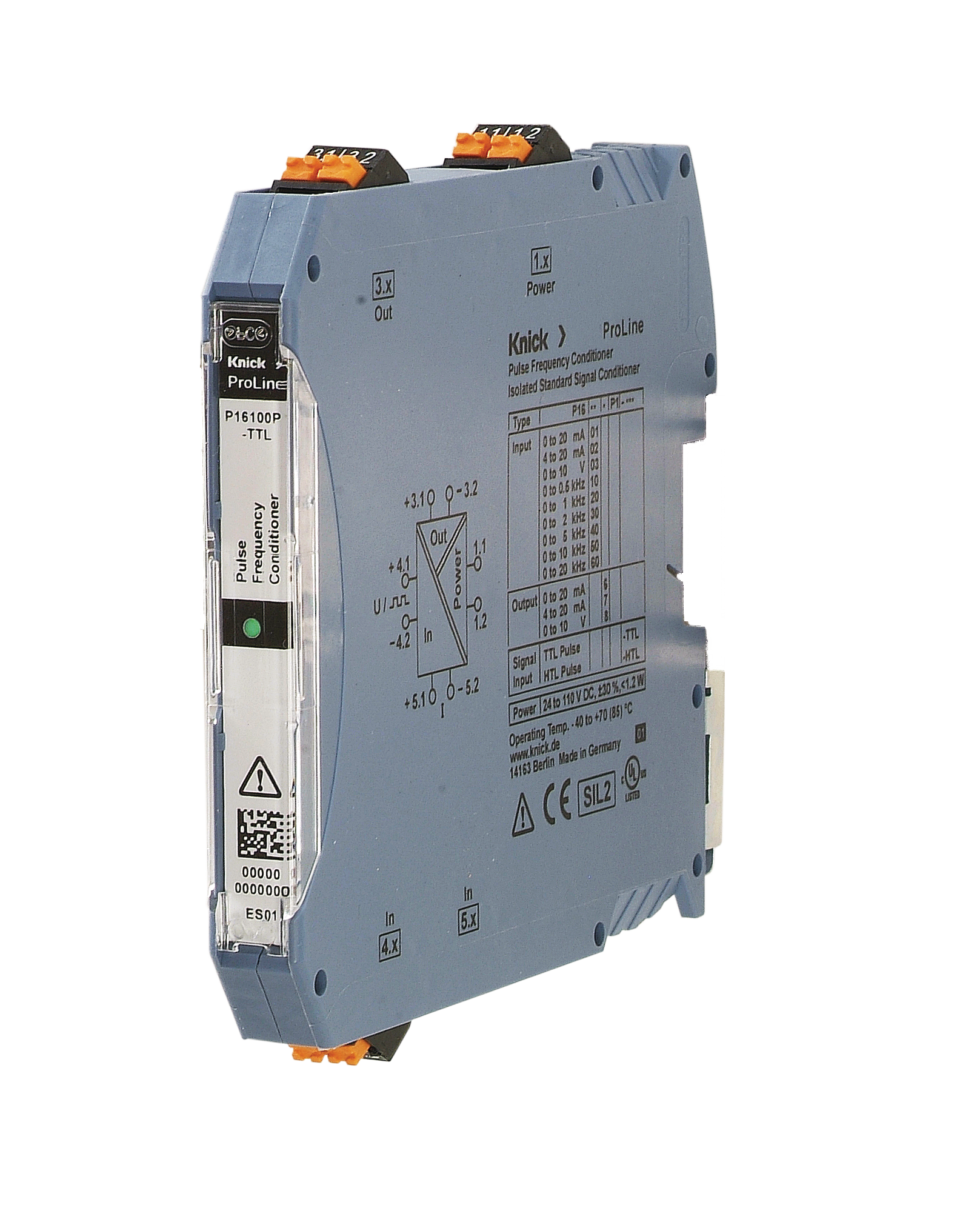P16800 Speed Signal Doubler | Input speed sensor signal 10 … 33.6 V DC (max.35 V) | Safe decoupling acc. SIL4, safe transmission acc. SIL2
Description
Doubling, Conversion, and Isolation of Speed Sensor Signals
- Doubling of speed signals and thus simplification of system integration in rolling stock
- Optional conversion of the speed signal and thus increased compatibility of speed sensors
- Galvanic isolation of the speed signal and thus protection of downstream components
- Functionally safe signal processing according to EN 50129 (SIL 4 and SIL 2)
- Compact modular housing for DIN rail or wall mounting
The P16800 speed signal doubler is used to double the signals from speed sensors. It decouples signals from single or dual-channel speed sensors in a functionally safe and non-interacting manner in accordance with EN 50129 (SIL 4). The pulses are transmitted 1:1 from the input to the output, i.e., frequency and phase angle remain unchanged. The transmission of the rotary encoder signals is also functionally safe in accordance with EN 50129 (SIL 2), whereby the P16800 also galvanically isolates the signals. For the connected controller, the outputs of the P16800 appear like a rotary encoder. Like the rotary encoders, the P16800 is supplied with power via the connected controller.
If required, the signal can be converted from a current signal to a voltage signal or from a voltage signal to a current signal. Optionally, the frequency at the output can be reduced compared to the input at a ratio of 2:1, 4:1, or 8:1.
Use of the P16800 simplifies the retrofitting of rolling stock with control systems that require speed information, or makes such retrofitting possible in the first place. In new vehicles, the number of speed sensors can also be reduced, which optimizes acquisition and maintenance costs.
Innovations at InnoTrans 2024 for rolling stock and DC traction power supply
Sept 2024
Interface Technology
We look forward to hearing from you!
Contact Us
| Function: | Processing of rpm/speed sensor signals |
|---|---|
| Input: | Speed sensor signals 6/7 ... 14/20 mA (max. 200 mA) with Low: < 8.5 mA, High: > 12.5 mA, Speed sensor signals 10 ... 33.6 V DC (max. 35 V) with Low: < 30 %, High: > 70 % |
| Output: | Direction of Travel (DoT) -one output only, Low: 6 mA, High: 14 or 20 mA, Low: < 1 V, High: = UB, Stand-still detection: 7.2 V (Option for f < 1 Hz) |
| Isolation AC/DC: | up to 1,000 V |
| Test Voltage: | up to 8.8 kV AC |
| Power Supply: | 12 ... 24 V DC (UB) |
| Ambient operating temperature: | –40 ... 70 °C |
| Dimensions (W x L x H): | 28 x 142 x 118 mm |
| Special features: | Doubling of speed sensor signals, High immunity to EMC influences, Optional conversion of speed sensor signals, Safe decoupling acc. SIL 4, safe transmission acc. SIL 2 (EN 50129) |
| Standards: | EN 45545-2, EN 50129, UL 61010-1 |
| Product Category: | Sensor Transmitter, Signal Multiplier |


